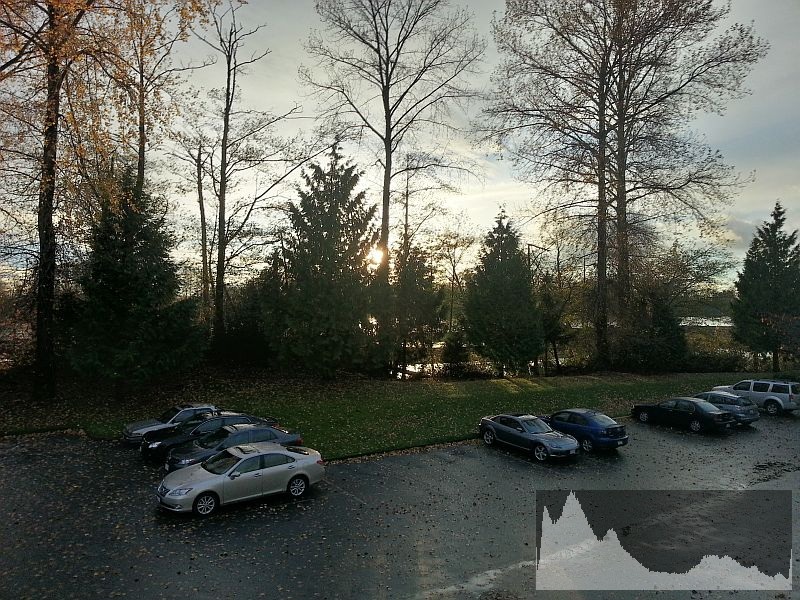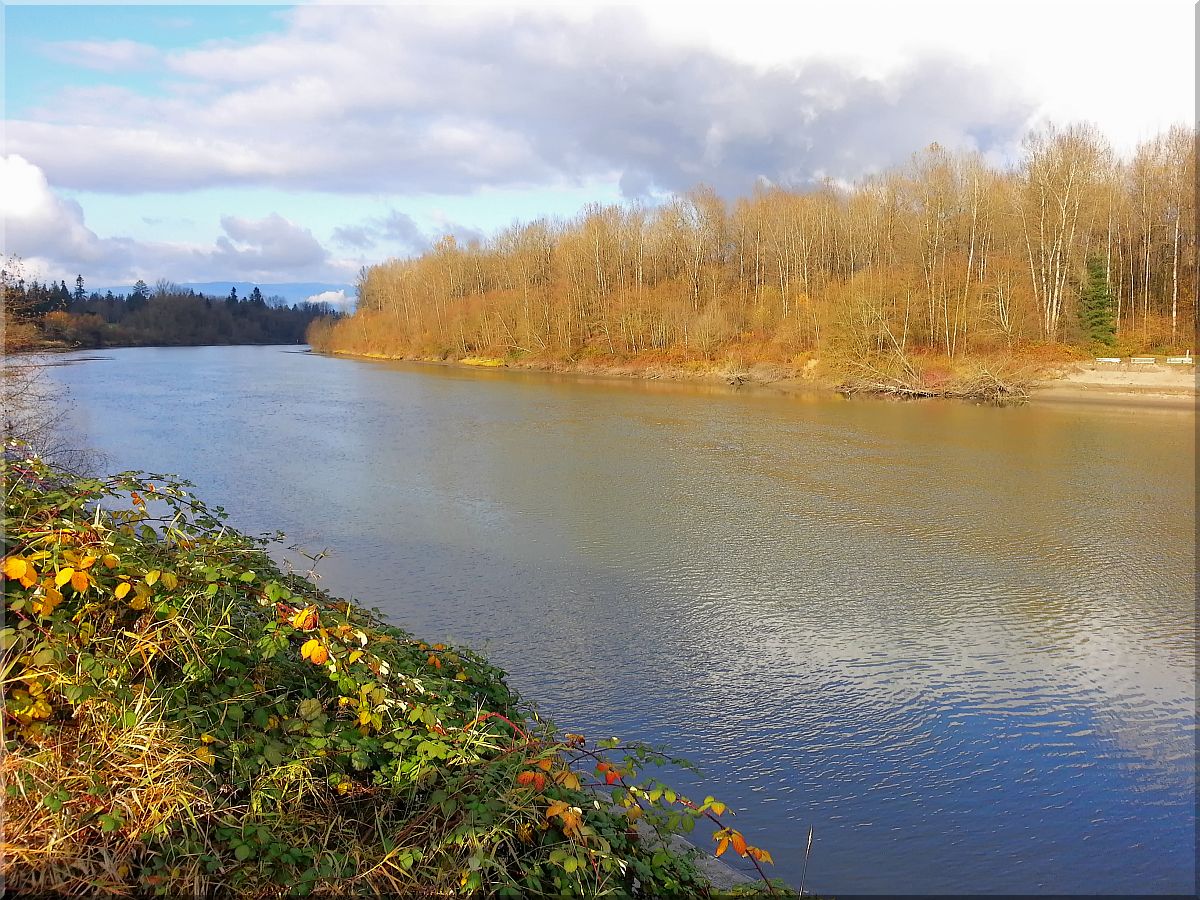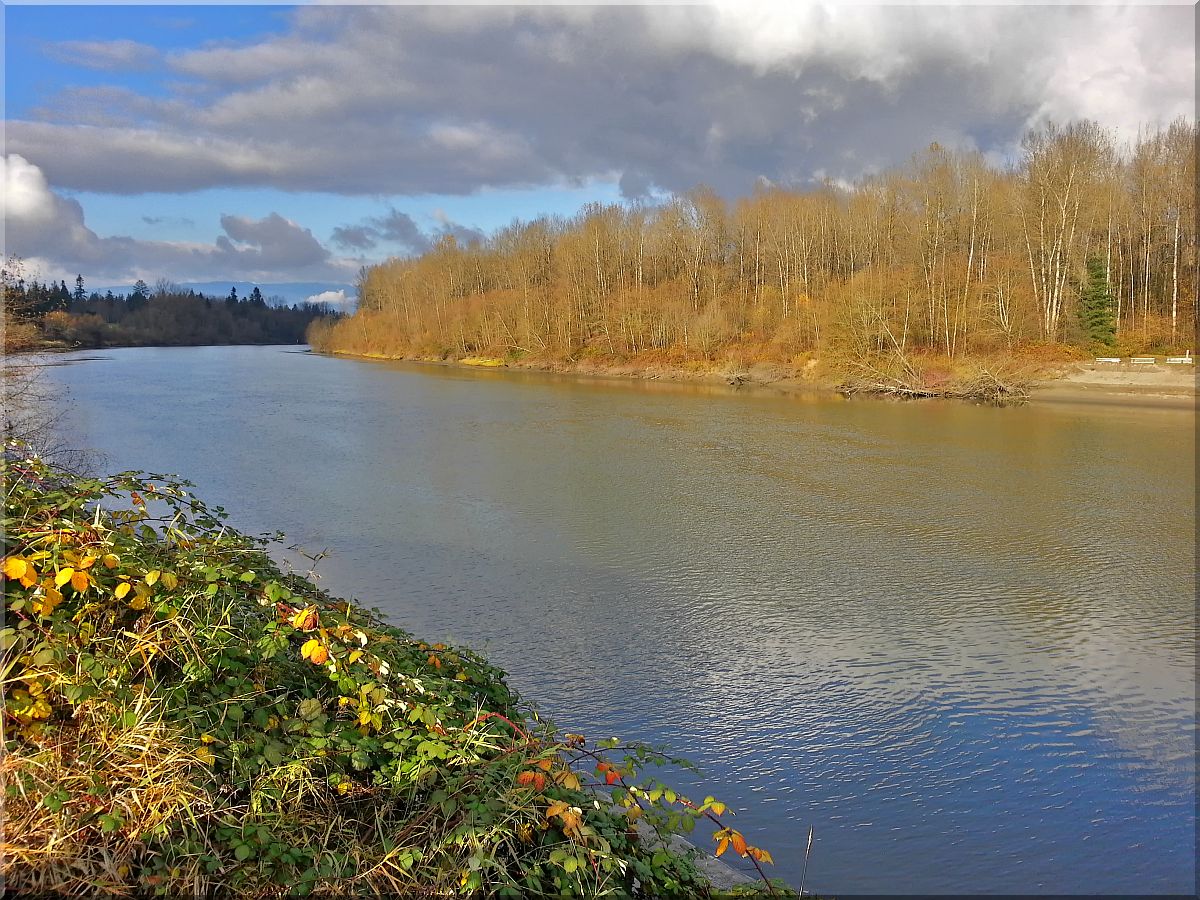In the Exposure Bracketing post I mentioned HDR (High Dynamic Range) as a possible application of shooting using exposure bracketing, together with a motivation for this technique.
Most of the photographic devices we use today are characterized by a low dynamic range (LDR). Cameras are eventually becoming better in handling high contrast images, but the display equipment and photographic paper are still limited in their ability to reveal details in shadows or highlights, the result being an output image that is too sketchy, lacking the tonal range that would make the image pleasant.
In theory, it is relatively easy to identify the high contrast images by studying their histograms. A histogram that is distributed mainly in the dark and bright sections with a gap in the central section (see Image Histograms – Part 3) indicates an image with high contrast. However, in practice, images with high contrast may present less obvious gaps in the central section of their histograms; sometimes, the histograms may look almost normal, eventually skewed more on one side or the other but always filling the whole horizontal axis of the histogram.
An image with a high dynamic range that does not match the display or print media, looks washed in the highlights (probably the most obvious defect) and too dark in the shadows (sometimes less seen as defect but still reducing the overall quality).
The next photo is an example of high contrast image – this is an almost typical case, where the camera was aimed towards a light source (the sun in our case). Not only the metering system in the camera had difficulties evaluating the proper exposure, but the scene also exhibits deep shadows, producing high contrasts (see histogram).
HDR tries to fix this problem by using different methods to reduce the dynamic range to acceptable levels for the display media that we are going to use. No matter the method, the final result will look more balanced in tones and with more details in both shadows and highlights. For example, our test image processed for HDR (see below) looks obviously better, the texture of the sky is visible and the shadows are not so deep anymore revealing a reasonable amount of details.
In few words, HDR techniques combine several images of a static scene with high contrasts (or high dynamic range) to produce a single image with enough details in both highlight (bright) and shadow (dark) areas that can be visualised on conventional photographic media (paper, electronic display) characterized by low dynamic range.
It is possible to obtain images corrected for HDR with almost any digital camera, eventually using a tripod and a computer with specialized software. But some of the latest cameras come with built-in HDR (or “in camera HDR“) abilities.
Even my smart phone has this ability: Samsung Galaxy S III (SGS3) has a camera app that allows HDR processing; in fact, SGS3 produces both – the single shot non-processed image and a combination of three shots taken quickly that reduces the dynamic range of the scene. The only conditions required are: steady hands and static scene (no subjects in motion, wind shaking trees, etc.).
The HDR processing in SGS3 is discrete, the results looking just more balanced and natural. HDR over-processing is used sometimes as an artistic effect to obtain images looking somewhat unnatural but nevertheless interesting; unfortunately, this procedure was often abused creating a bad name for HDR. As always, any post-processing must be used wisely. Fortunately, “in camera HDR” is properly implemented by most of the camera manufacturers with beneficial results for every day users that are more interested by the technical quality of their photos than the artistic effects they can achieve through digital manipulation. Some cameras that offer “in camera HDR”: Canon PowerShot G12 and G15, Canon PowerShot S110, Sony Cyber-shot DSC-RX1, Nikon Coolpix P7700, Panasonic Lumix DMC-LX7, Panasonic Lumix DMC-ZS20 (Lumix DMC-TZ30), Samsung WB850F, FujiFilm FinePix F80EXR and F85EXR, etc.
Do you want more HDR examples? Just take a look… (photos taken with SGS3, using only “in camera HDR” and no post processing on the computer).
If you are looking for a new toy this Christmas, just consider a camera with built-in HDR: you will not regret, especially if you are shooting landscapes (including urban landscapes) in harsh lighting conditions. In a future post we will learn how to use HDR techniques even if the camera does not provide any. Stay tuned!






